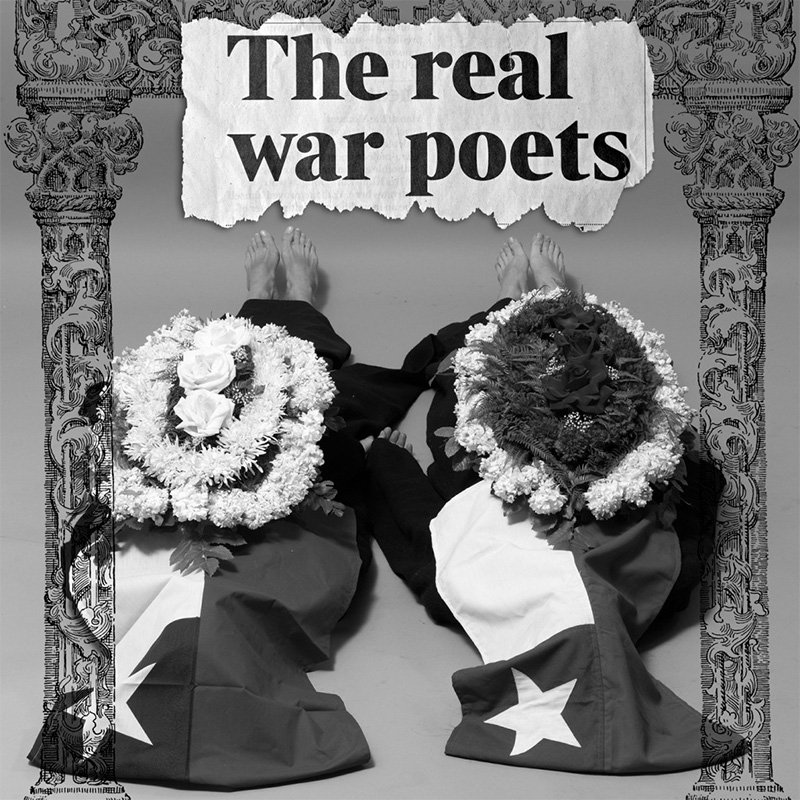Apart from a few exceptions, there is no contemporary religious art in Chile. However, mystic evocation – pre-eminent and consubstantial references to the religious spirit – underlies different works, when not in major sets, of various national artists. Some theologians note that the ineffable perception that is produced in a given moment before a determined work of art can come close to the mystical perception of the divine. The artist, then, tends to generate these spaces of contact with divinity, even if this perception comes about in the act of creating rather than in the conception of the idea.
The purpose of this exposition is to discover the mystic immanence of the work of a group of artists who, without necessarily searching for the divine find it in the intimate process in which they are by instances enraptured, by intellectual and formal mechanisms that direct the execution of a set piece. However, in the spontaneous or unforeseen occurrence of this event, we can recognize that the objectives or themes of the authors tend to unravel in a propitious context, and from that point, the selection for this exhibition takes place.
The references for the reading of the works are essentially Judaeo-Christian, where monotheism, the idea of heaven and earth becoming scatological, the associated rites and rituals, and some key signs and characters, converge – like the YHWH tetragramaton or the Passion of Christ and his disciples. In the enterance hall is an introduction to the exhibition, while the main chamber exhibits the main work of six out of the ten artists. The principal wall remains empty in reference to the imenence of the divine and it’s tangible absence.
Mario Fonseca
Marzo de 2008
NOVUM MEMORAE: In this work, memory is not reconstructed from the collected fragments of past installations, but it is presented in images: a fixed image and a moving image, which captures an act in which – with fixed framing and a superior view – the artists appear devoid of their own identity, anonymous personalities, bodiless and faceless, whose presence is only explained by the necessity of appearing, revealing what is hidden beneath the cloth. They uselessly attempt to catch fading graphite footprints, without showing the object which hides behind the blanket. The artists don’t show themselves totally, their presence is intuited by the movement that the image shows and by their hands, which are visible to the viewer. They are anonymous figures whose anonymity appears to revel itself to the spectator due to the closeness, delicateness, and obsession with which they evolve in the recorded scene.
In this manner the memory of past works is constituted in a NOVUM MEMORAE, NEW MEMORY, by shedding any material residue, object, or fragment which partially reconstructs it, the only thing bought to the scene is an image which evolves alone from its origin to assume the loss of its location, temporal distance, and forgetfulness. An image fixed in a photograph and in a video, which in itself is a translation of past events, and marks a new beginning.













